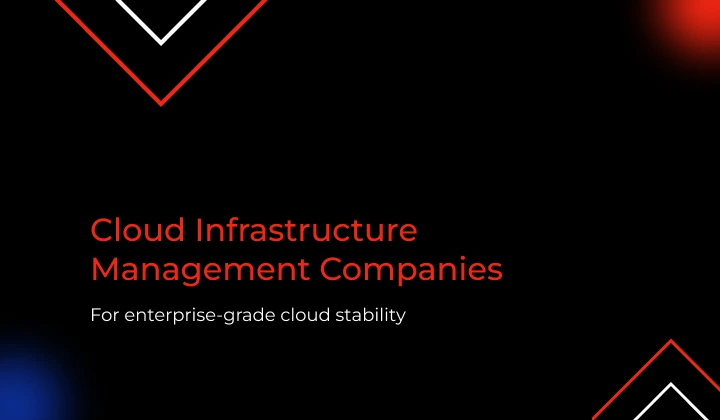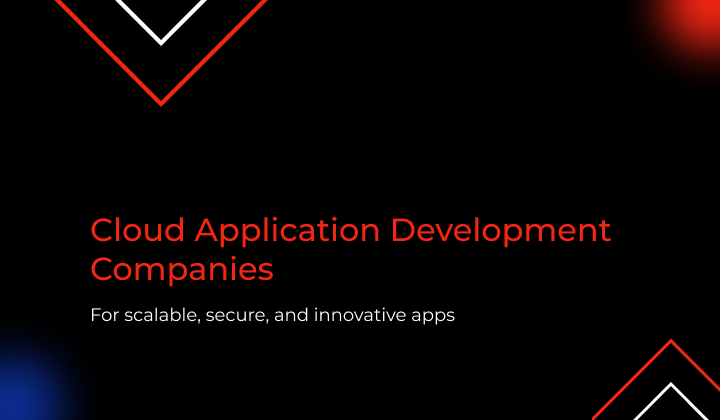Not all migrations are the same. Your applications, workloads, and business goals determine the right strategy.
1. Rehost (Lift-and-Shift)
A quick move where applications are copied to the cloud without code changes.
Best for: Legacy systems, urgent migrations.
Downside: No cloud-native optimizations, can be costly over time.
2. Replatform (Lift-Tinker-and-Shift)
Applications move to the cloud with minor modifications to improve performance or cost-efficiency.
Best for: Databases, middleware, and workloads needing better scalability.
Downside: Still not fully cloud-native.
3. Refactor (Re-Architect)
A complete redesign of applications to leverage cloud-native services (containers, microservices, serverless).
Best for: Businesses looking for long-term efficiency and agility.
Downside: Requires development effort and initial investment.
4. Rebuild (Recreate from Scratch)
Instead of migrating, the application is rebuilt entirely using cloud-native technologies.
Best for: Outdated applications that are expensive to maintain or scale.
Downside: High development time and cost but offers maximum future scalability and flexibility.
5. Retire & Retain
Retire: Remove applications that no longer add value.
Retain: Keep critical on-prem workloads that are not cloud-ready.
Each approach has trade-offs. Mixing strategies based on business priorities is often the best move.




 7 mins
7 mins











 Talk to Our
Consultants
Talk to Our
Consultants Chat with
Our Experts
Chat with
Our Experts Write us
an Email
Write us
an Email







